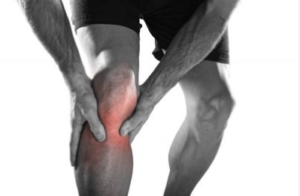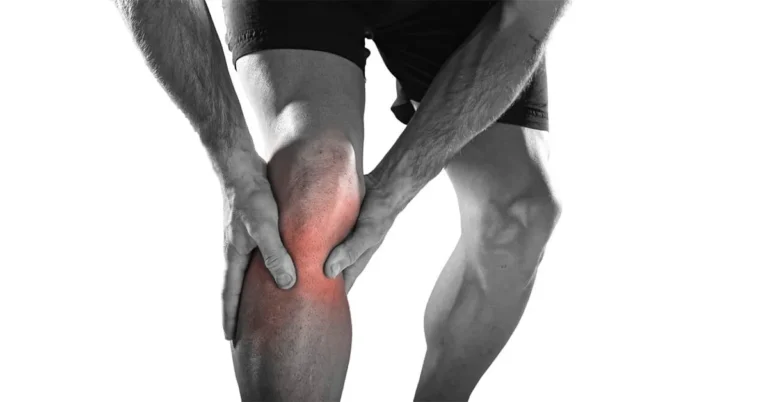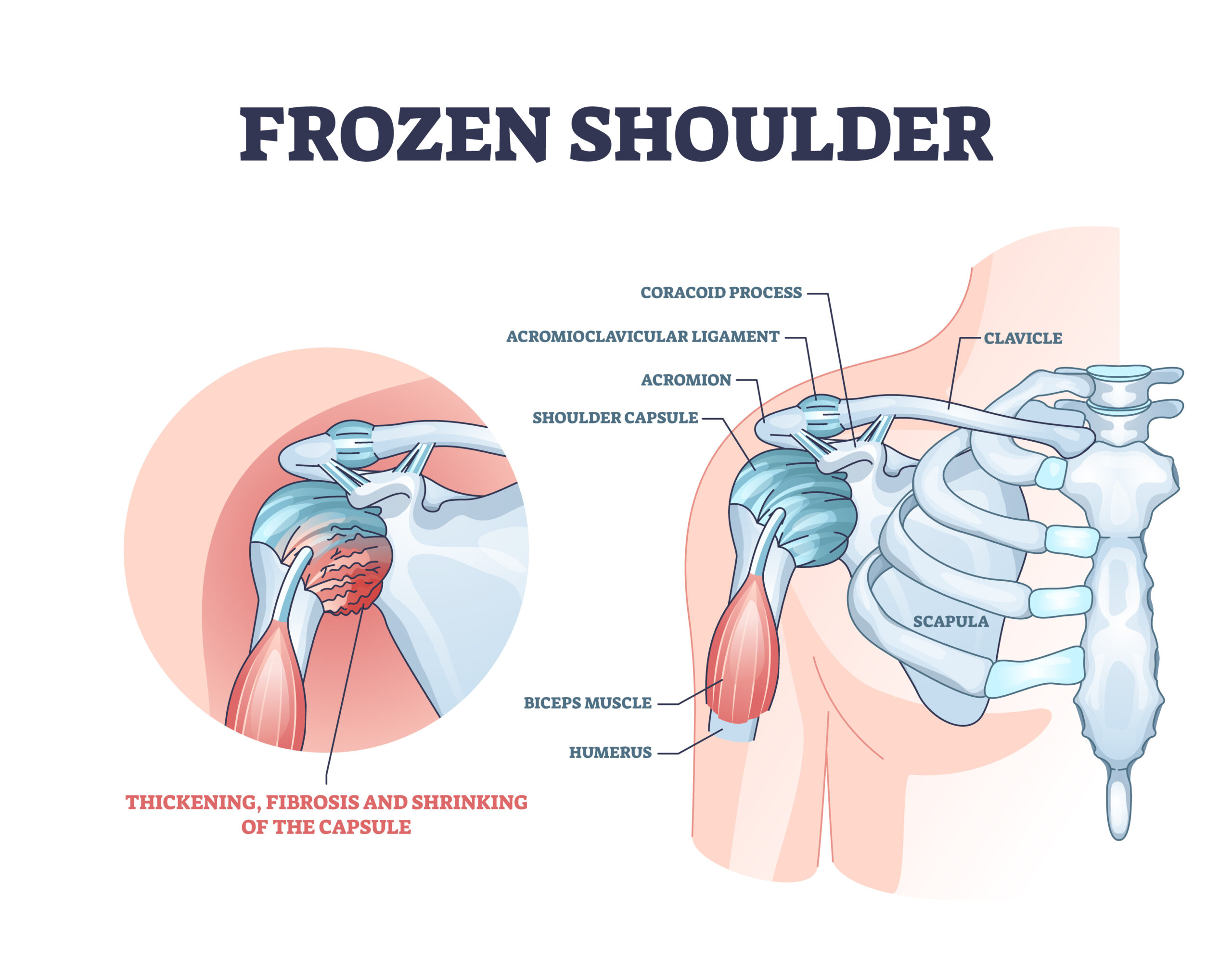Why do we see so many ACL injuries in Rugby?

Rugby, a physically demanding sport known for its intensity, is not without its risks. Common injuries in rugby include ACL (Anterior Cruciate Ligament) tears. The severity of which can lead to long periods of rehabilitation or surgery with extended time periods away from the game. A number of our team of sports physiotherapists have previously worked in professional rugby and have great experience of treating and rehabilitating these injuries.
Section 1: Understanding ACL Injuries
Before we discuss prevention strategies, let’s first understand what an ACL injury is and how it occurs in rugby.
A ligament acts as a safety harness within or around a joint. which goes from one bone to another. The ACL is a vital ligament that stabilizes the knee joint by preventing excessive forward movement of the shin bone (tibia) relative to the thigh bone (femur). It works alongside the medial meniscus and medial collateral ligament to restrict tibial displacement and rotation. It is common for all three to be injured in turn during a high force twisting injury.
Section 2: Causes of ACL Injuries in Rugby
2.1 High-Impact Nature of the Game
Rugby is a contact sport where players engage in tackles, scrums, and rucks. These high-impact activities put significant stress on the knee joint, making it susceptible to ACL injuries, especially during collisions and abrupt directional changes. The size and speed of rugby players has increased over many years and given the rule changes to keep the ball in active play, there is clear development of open flowing rugby. These changes have led to more high impact events on the body.
2.2 Poor Tackling Technique
Improper tackling technique is a leading cause of ACL injuries in rugby. Players who tackle with poor form, such as not bending the knees are at a higher risk of injury. Education and emphasis on proper tackling techniques are crucial for player safety.
2.3 Fatigue and Overexertion
Fatigue can compromise a player’s ability to maintain proper form and stability, increasing the risk of ACL injuries. Long matches or strenuous training sessions without adequate rest can contribute to this risk.
2.4 Different players
Rugby is enjoyed by both sexes and a wide range of ages. Female players have hormonal differences which can make ligaments more liable to injury and young players are often still growing and have biomechanical implications due to size and strength.
Section 3: Tips for ACL Injury Prevention
Now, let’s explore practical tips to reduce the risk of ACL injuries in rugby:
3.1 Strength and Conditioning
Players should focus on strength and conditioning exercises that target the muscles around the knee joint. Building strength in the quadriceps, hamstrings, and calf muscles can provide added support to the ACL.
3.2 Flexibility and Mobility
Incorporate regular stretching and mobility exercises into training routines, especially in movement patterns they are likely to encounter in a game of rugby. Improved flexibility can help reduce the risk of sudden injuries during movements like pivots and tackles.
3.3 Proper Technique Training
Coaches should emphasize proper tackling, pivoting, and landing techniques to reduce the chances of awkward collisions and ACL injuries.
3.4 Rest and Recovery
Ensure players have adequate rest between matches and training sessions to prevent fatigue-related injuries. Recovery time is crucial for injury prevention. The most common predictive factor for a serious sports injury is having had another previously which has not had adequate recovery time or rehabilitation.
Conclusion:
While ACL injuries are a concern in rugby due to the sport’s physical nature, players, coaches, and teams can take proactive steps to minimize the risk. By focusing on strength, conditioning, technique, and rest, rugby enthusiasts can enjoy the game while staying safe and reducing the chances of ACL injuries.
In the end, rugby is about the thrill of competition and camaraderie, and with the right knowledge and precautions, players can continue to experience the joy of the sport while protecting their knee health.
If you think you may need to see one of our team regarding your knee injury, then give us a contact us.
We have four physiotherapy clinics across Edinburgh, so there will be one near you.


